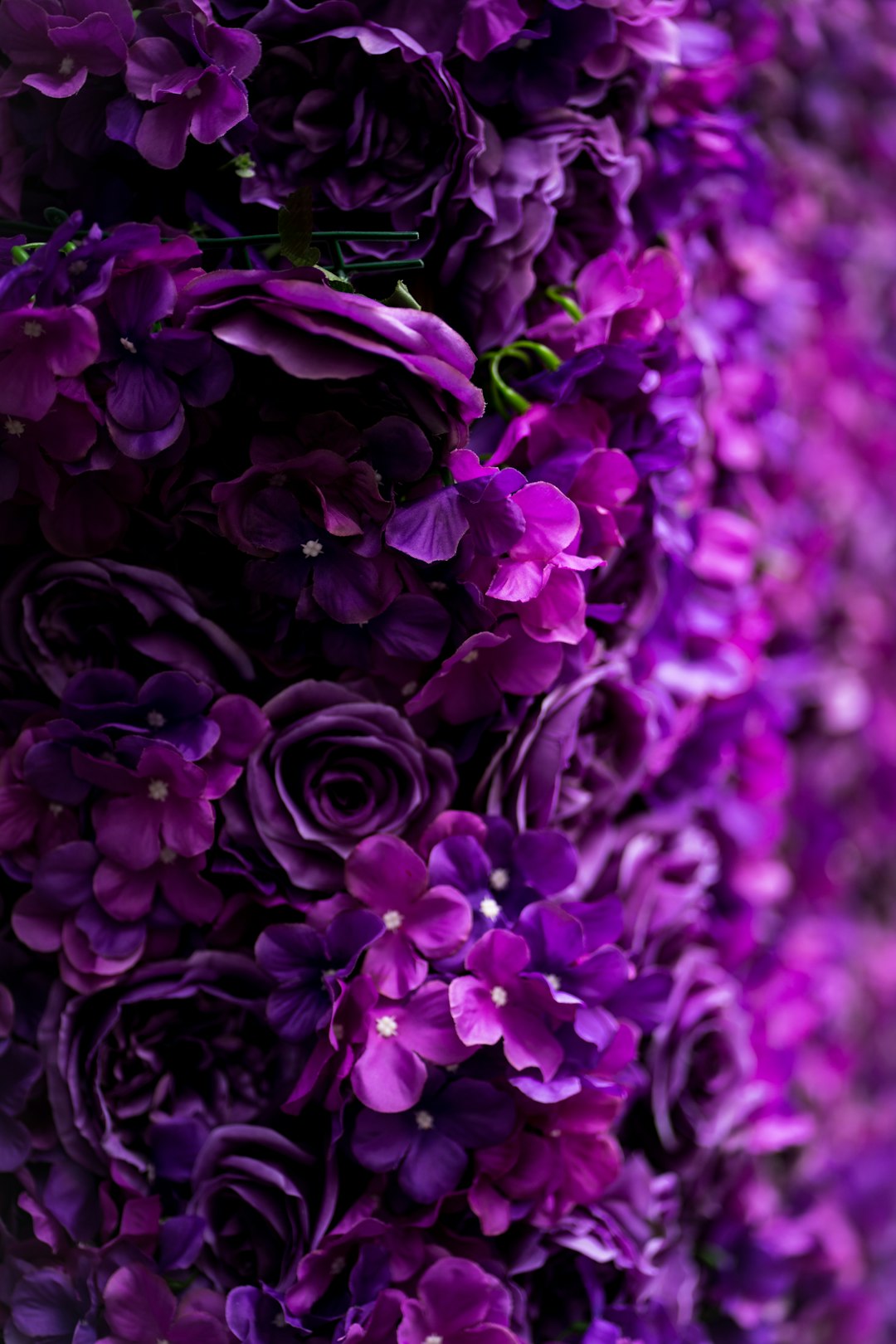The Secret to a Year - Round Stunning Water Feature

Maintaining a pond in your water garden is an art that combines the beauty of nature with the practicality of upkeep. A well - maintained pond not only enhances the aesthetic appeal of your landscape but also provides a healthy habitat for various aquatic plants and animals. This season - by - season checklist will guide you through the essential pond maintenance tasks to keep your water feature clean and beautiful throughout the year.
Spring: The Awakening
As the cold winter fades away and the warmth of spring arrives, it's time to kick - start your pond maintenance. The first step is to remove any debris that has accumulated over the winter. Fallen leaves, twigs, and other organic matter can decompose in the pond, leading to poor water quality and potential algae growth. Use a pond net to skim the surface of the water and remove as much debris as possible.
Next, check the pond's equipment. Inspect the pump, filter, and any other mechanical parts for signs of damage or wear. Clean or replace the filter media to ensure optimal water circulation and filtration. It's also a good time to test the water parameters. Check the pH, ammonia, nitrite, and nitrate levels. Ideal pH for most ponds ranges between 7.0 and 8.5. If the levels are off, you can use appropriate water treatments to balance them.
Spring is also the perfect time to introduce new aquatic plants. Choose plants that are suitable for your climate and the size of your pond. Water lilies, iris, and cattails are popular choices. These plants not only add beauty to the pond but also help in oxygenating the water and reducing algae growth by competing for nutrients.
Summer: The Peak of Activity
During the summer months, your pond will be teeming with life. However, the warm weather also brings its own set of challenges. One of the main concerns in summer is algae growth. Algae thrive in warm, sunny conditions and can quickly turn your clear pond water into a green, murky mess. To control algae, you can use algaecides, but it's best to take a more natural approach. Increase the number of floating plants, such as duckweed or water hyacinths, which shade the water and reduce sunlight penetration, inhibiting algae growth.
Regularly check the water level in your pond. Evaporation rates are high in summer, and a low water level can stress your aquatic plants and animals. Top up the pond with fresh, dechlorinated water as needed. Also, make sure the pump and filter are running efficiently to keep the water well - oxygenated and clean. Check the water temperature regularly, as extremely high temperatures can be harmful to fish and other aquatic life. If necessary, provide some shade for the pond, such as by installing a floating umbrella or using overhanging plants.
Continue to monitor the water quality throughout the summer. Test the water weekly for ammonia, nitrite, nitrate, and pH levels. Perform partial water changes every few weeks to remove accumulated toxins and maintain good water quality.
Autumn: Preparing for Winter
As the days start to get shorter and the temperatures drop, it's time to prepare your pond for winter. Begin by removing any dying or decaying plants from the pond. These plants can release nutrients into the water as they decompose, which can lead to poor water quality during the winter months. Use a pond net to carefully remove the plants.
Trim back any overgrown plants and remove any dead leaves that have fallen into the pond. This will prevent them from sinking to the bottom and creating a layer of organic matter that can cause problems in winter. If you have fish in your pond, start to reduce their feeding as the water temperature drops. Fish's metabolism slows down in cold water, and overfeeding can lead to water pollution.
Check the pond's equipment again. Make sure the pump and filter are clean and in good working condition. You may need to adjust the flow rate of the pump to prevent the water from freezing too quickly. Consider installing a pond heater or a floating de - icer to keep a small area of the pond ice - free. This will allow for gas exchange and prevent harmful gases from building up in the water.
Winter: The Dormant Period
Winter is a time of rest for your pond. The key during this season is to keep the water from freezing completely. As mentioned earlier, a floating de - icer or a pond heater can be used to maintain an ice - free area on the surface of the pond. This is crucial for allowing oxygen to enter the water and carbon dioxide to escape.
Reduce the frequency of water testing during winter, as the biological activity in the pond is significantly reduced. However, still keep an eye on the water level and top up if necessary. Avoid walking on the ice if it forms on the pond, as it can be dangerous and may also damage the pond liner or equipment.
Once spring arrives again, you can start the cycle of maintenance all over again. By following this season - by - season checklist, you can ensure that your pond remains a clean, beautiful, and healthy water feature year - round.